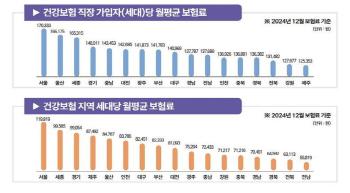Rich in appetite suppression ingredients in the eggplant and leaf extract of sweet maple tree
Apr 01, 2025
|
The Nakdonggang National Institute of Biological Resources said on the 1st that it confirmed that the sugar maple extract, which is common in mountains across the country, suppresses appetite-boosting gene expression and promotes appetite-boosting gene expression, and applied for a patent for the research results.
According to the researcher's research team, sugar maple extract contains many quercetin components of the flavonoid family, which is an antioxidant known to alleviate inflammation, strengthen immunity, and inhibit the proliferation of fat cells.
As a result of administering sugar maple branches and leaf extracts to hypothalamic neurons, the genes of the appetite-promoting neural peptide NPY were 72.46% and 50.61%, respectively, less expressed than the control group. The genes of AgPR, another appetite-promoting neural peptide, were also inhibited in expression by 66.34% and 50.44% by sugar maple branches and leaf extracts, respectively. The genes of the neuropeptide POMC involved in appetite suppression were 27.49% and 40.34% more expressed when treated with sugar maple branches and leaf extracts.
The research team also confirmed that the appetite suppression components in the sugar maple extract were 'isoquercitrin' and 'guiaverin', and these components were found to have similar levels of inhibiting the expression of appetite-promoting genes with liraglutide, the main ingredient of obesity drugs currently on the market.
Meanwhile, according to the National Institute of Biological Resources, sugar maple trees live throughout Korea and are also distributed in northeastern China and Russia. It is commonly cultivated for ornamental purposes, and wood is used as furniture.
This article was translated by Naver AI translator.














